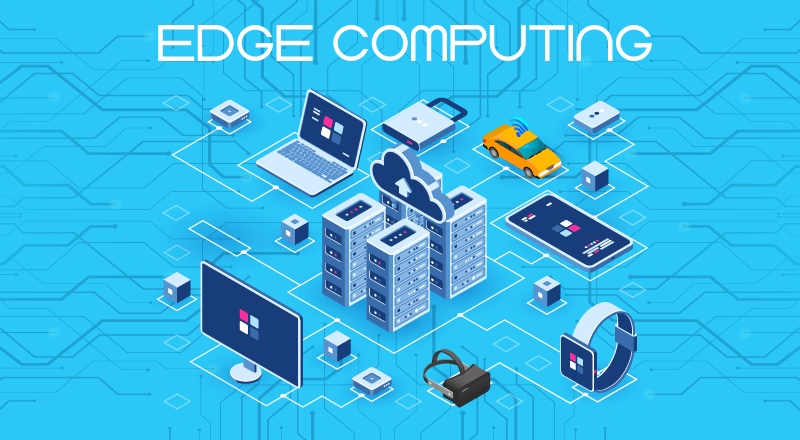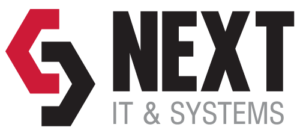Phone: 317-407-0642
The Benefits of Edge Computing
 Edge computing can be defined as a distributed computing paradigm that brings computation and data storage closer to the location where it is needed to improve response times and save bandwidth. Edge computing is a form of IoT that provides a remote management and control interface between the cloud and local devices. Edge computing is a term coined by Ericsson in 2016 to describe how companies leverage the benefits of the internet of things (IoT) while maintaining their focus on location, application, and data security at the edge. There are many scenarios where edge computing would be preferred over cloud based computing, however, this topology has its benefits and drawbacks.
Edge computing can be defined as a distributed computing paradigm that brings computation and data storage closer to the location where it is needed to improve response times and save bandwidth. Edge computing is a form of IoT that provides a remote management and control interface between the cloud and local devices. Edge computing is a term coined by Ericsson in 2016 to describe how companies leverage the benefits of the internet of things (IoT) while maintaining their focus on location, application, and data security at the edge. There are many scenarios where edge computing would be preferred over cloud based computing, however, this topology has its benefits and drawbacks.
The main benefits of edge-based computing are that it provides better privacy and can save money on bandwidth costs. Edge computing is said to make data more secure because it can keep data closer to users and remove the necessity of sending data over long distances. By keeping data closer to home, the information is safer from potential hackers or other cyber threats. Edge computing also helps speed up processes such as payments or medical research by reducing latency, which means that actions happen faster. This is especially useful in situations where there are not good/reliable network connections at all times because the edge-based computers perform local processing rather than communicating with a remote server.
Some additional benefits of edge computing include: lesser power consumption, reduced latency, and increased data privacy. However, there are some possible drawbacks of edge computing that need to be addressed: it is expensive equipment and service provisioning questions about the pros and cons of edge computing often arise in businesses. Other potential drawbacks of this topology include a required advanced infrastructure to operate, investment costs and maintenance, as well as the requirement of larger storage capacities.
There are various uses for edge computing such as real time interactive video streaming or data backup solutions. Edge-based computing can provide businesses advantages including bandwidth cost savings, better privacy options and regulatory compliance, and support for situations when network connectivity is inconsistent. Edge computing also minimizes power consumption, latency, and cost by creating virtualized networks around data centers. As opposed to traditional networks that establish a physical connection to each device, edge computing virtualizes large numbers of devices via software.


